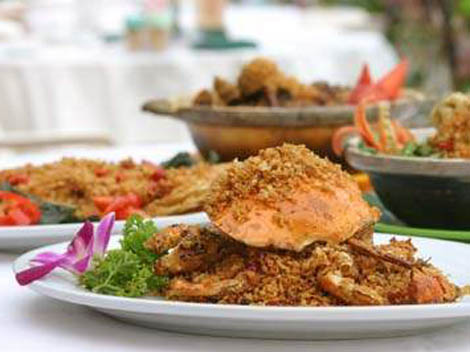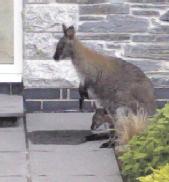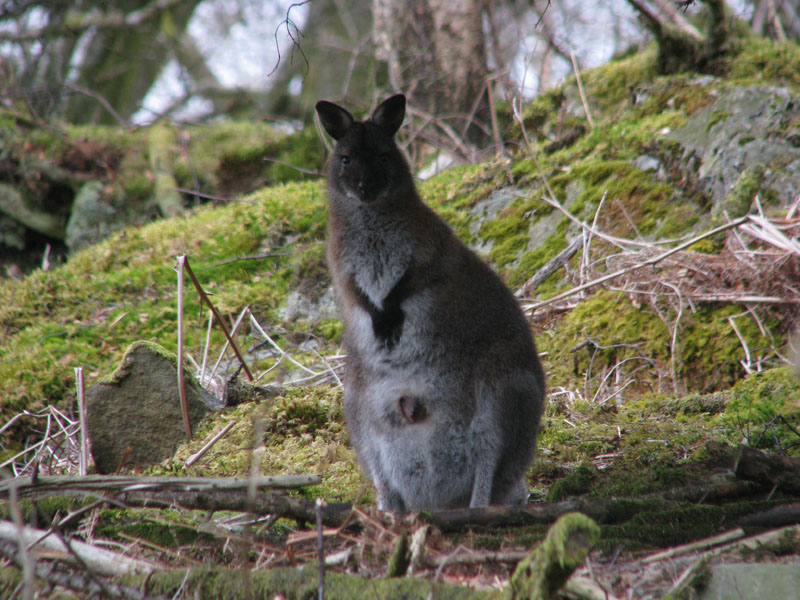“Eating the enemy – Alien species are being put on the menu in what campaigners say is the perfect green solution to save the UK’s native animals”
What can be done about invasive alien species? Governments and conservationists try to eradicate them, sometimes at enormous expense, but one group of people has another idea: just eat them.
Ben Carter, a north Yorkshire zoologist working in fisheries management, is making a very good living trapping the environmentally-damaging American crayfish, selling up to 20,000 a week as a gourmet delicacy to some of the country’s top chefs…
The American crayfish (Pacifastacus leniusculus) is currently a big problem in the south of England, but has reached as far north as Yorkshire and is threatening the protected native white-clawed crayfish (Austropotamobius pallipes)…
Britain is full of other non-native species, and most of them are edible. The Pacific (Crassostrea gigas) and New Zealand flat (Tiostrea lutaria) oysters, introduced here during the last century, are both now thriving along sections of the English, Irish and Welsh coasts.
Feral populations
The tiny Muntjac deer (Muntiacus reevesi), first introduced here from China to amuse the Duke of Bedford at Woburn Park in the early 20th century, has led to feral populations becoming widespread across England and Wales following escapes and deliberate release. Aficionados swear it makes lovely venison.
The ruddy duck (Oxyura jamaicensis) – very popular roasted in America – was introduced into British wildfowl collections in the 1950s. It is now widely distributed in the UK, and also threatens the survival of Spain’s white-headed duck (Oxyura leucocephala)…
Elsewhere, Britain’s waterways are threatened by an invasion of the Chinese mitten crab (Eriocheir sinensis), which could be the next environmental nuisance to take off as food…
Britain’s 5 million grey squirrels (Sciurus carolinensis) have become all but friendless in the UK for endangering the red squirrel, and … created a demand for squirrel meat – the ultimate organic free-range game.
Alongside the grey squirrel, wild boar (Sus scrofa) may not seem such a problem – or opportunity – but feral breeding populations have recently re-established themselves following illegal release or escapes of farmed stock.








